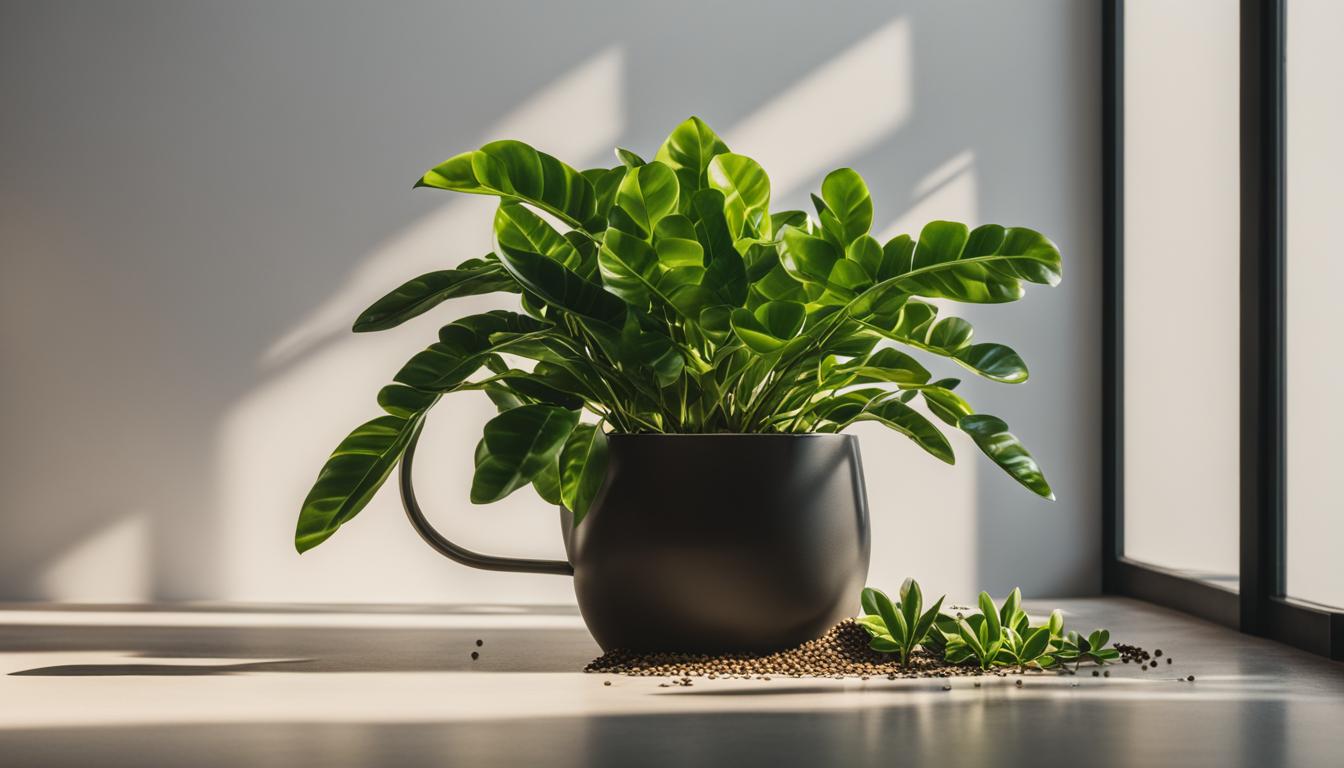
Welcome to my beginner’s guide to ZZ plant care! Whether you’re a first-time plant parent or have some experience with indoor gardening, this guide will help you take care of your ZZ plant like a pro.
In this article, I will provide you with all the essential tips and information you need to ensure the health and growth of your ZZ plant, also known as Zamioculcas zamiifolia.
Key Takeaways:
- ZZ plants are low-maintenance houseplants native to East Africa.
- They have shiny, oval-shaped leaves and can quickly grow indoors.
- ZZ plants can thrive in a variety of lighting conditions but should be kept away from direct sunlight.
- Water ZZ plants every two to three weeks, allowing the soil to partially dry out between waterings.
- Choose well-draining soil and a pot with drainage holes for your ZZ plant.
Now let’s dive deeper into the world of ZZ plant care and learn how to create the perfect environment for your beloved houseplant.
ZZ Plant Light Requirements: How to Provide Adequate Light for Your ZZ Plant
When it comes to ZZ plant care, providing adequate light is crucial for the health and growth of your plant. While ZZ plants are known for their ability to tolerate low light conditions, they still require some level of brightness to thrive.
To ensure your ZZ plant receives the right amount of light, it is best to place it in a spot with bright, indirect light. Direct sunlight should be avoided as it can scorch the leaves and cause damage. South-facing windows or rooms with ample natural light are ideal locations for your ZZ plant.
If you have limited natural light in your space, you can also supplement the light with artificial grow lights to ensure your plant’s needs are met.
“ZZ plants are adaptable to a wide range of lighting conditions, making them suitable for indoor growing.”
It’s important to note that ZZ plants can tolerate low light, but they will not thrive in complete darkness. Without sufficient light, the growth of your plant may be stunted, and its overall health can decline. By providing the right amount of light, you can help your ZZ plant flourish and showcase its beautiful foliage.
ZZ Plant Watering Tips: How Often to Water Your ZZ Plant
Proper watering is essential for the health and vitality of your ZZ plant. As a drought-tolerant plant, ZZ plants do not require frequent watering. Overwatering can lead to root rot, while underwatering can cause the leaves to droop and yellow. Finding the right balance is key to maintaining a thriving ZZ plant.
So, how often should you water your ZZ plant? Generally, ZZ plants should be watered every two to three weeks, or when the top few inches of soil feels dry to the touch.
It’s important to allow the soil to dry out partially between waterings to avoid overwatering. One way to test the moisture level of the soil is by inserting your finger about an inch into the soil. If it feels dry, it’s time to water.
When watering your ZZ plant, it’s important to ensure thorough saturation. Water the plant until the water begins to drain out of the pot’s drainage holes. This helps ensure that the water reaches the plant’s roots and allows excess moisture to escape. Be sure to discard any excess water that collects in the saucer or tray beneath the pot.

ZZ Plant Watering Tips: How to Water ZZ Plant
Here are some additional tips to keep in mind for watering your ZZ plant:
- Use room temperature water to avoid shocking the plant.
- Avoid using water that has been treated with water softeners or contains high levels of minerals.
- During periods of high humidity, you may need to adjust the watering frequency to prevent excessive moisture accumulation.
- Ensure that your ZZ plant’s pot has drainage holes to allow excess water to escape.
- Consider using a moisture meter to accurately gauge the moisture level of the soil.
Tip: ZZ plants are excellent at water storage, so they can tolerate periods of neglect. If you’re unsure whether to water or not, it’s usually better to err on the side of underwatering rather than overwatering.
By following these watering tips and being mindful of your ZZ plant’s moisture needs, you can help ensure that it thrives and remains healthy.
ZZ Plant Soil Requirements: Choosing the Best Soil for Your ZZ Plant
When it comes to ZZ plant care, choosing the right soil is crucial for the plant’s health and growth. ZZ plants prefer well-draining soil that allows excess water to escape, preventing the risk of root rot. While most standard potting mixes are suitable for ZZ plants, you can improve the soil’s drainage capabilities by adding perlite or sand to the mixture.
It’s important to select a pot with drainage holes to ensure proper water flow and avoid waterlogged soil. Heavy and compacted soils that retain excessive moisture should be avoided, as they can lead to root rot and hinder the ZZ plant’s overall growth.
By providing your ZZ plant with the right soil conditions, you’re creating an environment that promotes healthy root development and helps maintain the plant’s overall well-being.
Finding the Best Soil Mix for Your ZZ Plant
If you’re looking for a ready-to-use soil mix specifically formulated for ZZ plants, you can consider a mix that includes a combination of peat moss, perlite, and sand. This soil mix offers excellent drainage properties while retaining enough moisture for the plant’s needs. Alternatively, you can create your own ZZ plant soil mix by combining equal parts of standard potting soil, perlite, and coarse sand.
Quote: “By providing your ZZ plant with the right soil conditions, you’re creating an environment that promotes healthy root development and helps maintain the plant’s overall well-being.”
Remember to regularly check the moisture level of the soil and adjust your watering schedule accordingly. As ZZ plants are drought-tolerant, it’s better to err on the side of under-watering than over-watering. With the right soil and proper care, your ZZ plant will thrive and continue to beautify your indoor space.
ZZ Plant Repotting: When and How to Repot Your ZZ Plant
Repotting is an essential part of ZZ plant care, ensuring that your plant has enough room to grow and thrive. It’s important to understand when and how to repot your ZZ plant to avoid any stress or damage to the plant. Here are some tips to guide you through the process.
When to Repot ZZ Plant
The best time to repot your ZZ plant is when it has outgrown its current pot. Signs that your plant needs repotting include rhizomes pressing against the pot’s edges or warping the shape of the container. It’s important to wait until spring or summer when the plant is actively growing to minimize stress on the ZZ plant.
How to Repot ZZ Plant
When repotting your ZZ plant, choose a pot that is one size larger than its current pot. Make sure the new pot has good drainage to prevent waterlogged soil. Gently remove the plant from its current pot, being careful not to damage the roots.
Loosen the roots slightly, removing any excess soil or dead roots. Place the plant in the new pot, filling in the gaps with fresh potting mix. Press the soil gently around the plant to secure it in place.
After repotting, water the plant thoroughly to settle the soil and promote root growth. It’s normal for the ZZ plant to go through a period of adjustment after repotting, so be patient and continue to provide the plant with the care it needs.

Remember, repotting should only be done when necessary, as ZZ plants prefer to be slightly root-bound. Repotting too frequently can lead to root damage and stress. Monitor your plant’s growth and the condition of its roots to determine when it’s time to repot.
ZZ Plant Care Tips: Maintaining Health and Appearance of Your ZZ Plant
Taking care of your ZZ plant is easy and rewarding, and with a few simple tips, you can ensure its health and maintain its attractive appearance. Here are some essential care tips to keep your ZZ plant thriving:
- Wipe the leaves: Dust can accumulate on the leaves of your ZZ plant, which can hinder their ability to absorb light. Gently wipe the leaves with a damp cloth to remove dust and restore their natural shine.
- Avoid using leaf shine products: While it might be tempting to use commercial leaf shine products to enhance the glossiness of your ZZ plant leaves, it’s best to avoid them. These products can clog the plant’s pores and interfere with its natural processes.
- Protect from cold drafts: ZZ plants are generally tolerant of a wide range of temperatures, but they are sensitive to cold drafts. Keep your ZZ plant away from windows or doors where cold air can enter, as this can cause stress and damage to the plant.
- Provide humidity if needed: ZZ plants do not require high humidity, but they can benefit from increased humidity in dry environments. You can increase humidity by placing a tray of water near your ZZ plant or using a humidifier.
- Fertilize during the growing season: ZZ plants have modest fertilizer needs, and it’s best to fertilize them during the active growing season. Dilute an indoor plant fertilizer to half-strength and apply it every 2-3 months to promote growth and vigor.
“Taking care of your ZZ plant is easy and rewarding, and with a few simple tips, you can ensure its health and maintain its attractive appearance.”
By following these care tips, your ZZ plant will continue to thrive and bring natural beauty to your indoor space. Remember to observe your plant regularly and make any necessary adjustments to its care routine to keep it happy and healthy.
ZZ Plant Propagation: How to Propagate Your ZZ Plant
Propagating ZZ plants is a rewarding way to expand your plant collection or share the beauty of these resilient houseplants with others. There are two main methods of ZZ plant propagation: division and stem cuttings.
Division:
Division is the simplest and most common method of propagating ZZ plants. To divide a ZZ plant, start by removing the plant from its pot and gently shaking off any excess soil.
Carefully separate the rhizomes into smaller sections, making sure each section has at least one healthy shoot and a few roots. It’s important to handle the rhizomes with care to avoid damage.
Once you have divided the rhizomes, plant each section in its own container filled with well-draining potting mix. Water the newly potted divisions thoroughly and place them in a bright, indirect light location. Keep the soil lightly moist, but avoid overwatering to prevent root rot.
Stem Cuttings:
While division is the preferred method of ZZ plant propagation, stem cuttings can also be successful with a bit of patience. To propagate ZZ plants from stem cuttings, choose a healthy stem with several leaflets and remove the lower leaves, leaving a few intact at the top. Place the cutting in a jar of water and ensure that the leaflets are above the waterline.
Place the jar in a warm and bright location, but avoid direct sunlight. Change the water every few days to prevent stagnation and bacterial growth. After a few months, roots should start to develop from the base of the stem cutting. Once the roots are well-established, carefully transfer the cutting into a pot with well-draining soil and treat it like a mature ZZ plant.

ZZ Plant Toxicity: Cautionary Notes about ZZ Plant and Pets
As an owner of a ZZ plant, it’s essential to be aware of its potential toxicity to pets. While ZZ plants are a beautiful addition to your home, it’s crucial to take precautions to ensure the safety of your furry friends. ZZ plants contain substances that can be harmful if ingested by dogs, cats, or humans.
The sap of the ZZ plant can cause contact dermatitis, resulting in skin irritation, redness, and swelling. Therefore, it’s essential to wash your hands thoroughly after handling the plant to avoid any potential skin reactions. If you have young children or playful pets, it’s best to keep the ZZ plant out of their reach or place it in an inaccessible location.
While ZZ plant toxicity is generally not fatal, ingestion can cause discomfort, nausea, and digestive issues in pets. It’s always better to be safe than sorry, so it’s highly recommended to prevent your pets from chewing or nibbling on the leaves or stems of the ZZ plant. If you suspect that your pet has ingested any part of the ZZ plant and shows signs of illness, it’s crucial to contact your veterinarian immediately.
Remember, a little extra caution can go a long way in keeping both your plants and pets happy and healthy. By being attentive and taking preventive measures, you can enjoy the beauty of your ZZ plant while ensuring the well-being of your beloved companions.
After reading this, check out our other articles on:
FAQ
Are ZZ plants toxic?
Yes, ZZ plants are toxic to humans and pets if ingested.
What lighting conditions are best for ZZ plants?
ZZ plants thrive in bright, indirect light but can tolerate low light conditions as well.
How often should I water my ZZ plant?
ZZ plants should be watered every two to three weeks, allowing the soil to partially dry out between waterings.
What type of soil is best for ZZ plants?
ZZ plants prefer well-draining soil, and adding perlite or sand can improve drainage.
When should I repot my ZZ plant?
ZZ plants should only be repotted when they have outgrown their current pot, usually in the spring or summer.
How do I care for my ZZ plant?
Wipe the leaves gently to remove dust, avoid cold drafts, and fertilize during the active growing season.
Can I propagate my ZZ plant?
Yes, ZZ plants can be propagated through division or stem cuttings.
What are common issues with ZZ plants?
ZZ plants can occasionally experience pest infestations or issues related to overwatering or underwatering.
Are ZZ plants safe for pets?
No, ZZ plants are toxic to pets if ingested, so it’s best to keep them out of reach.

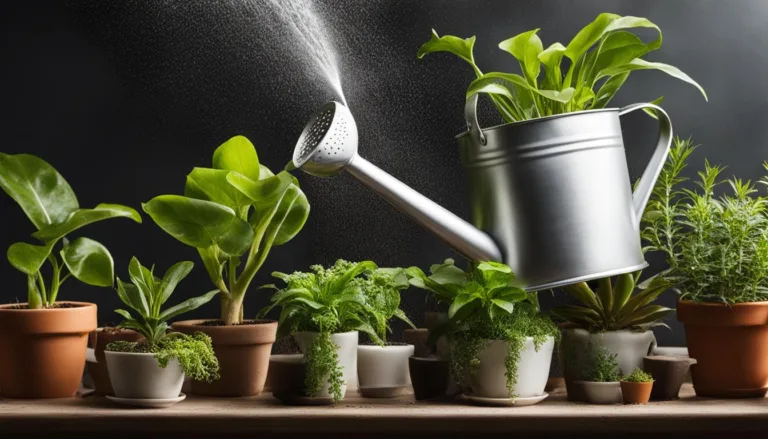
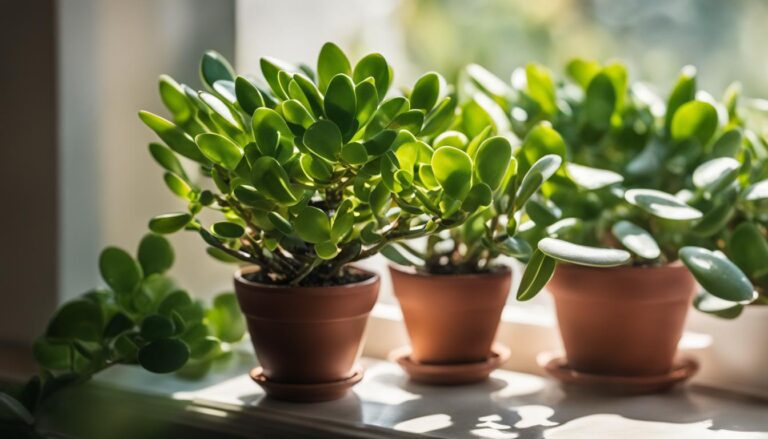
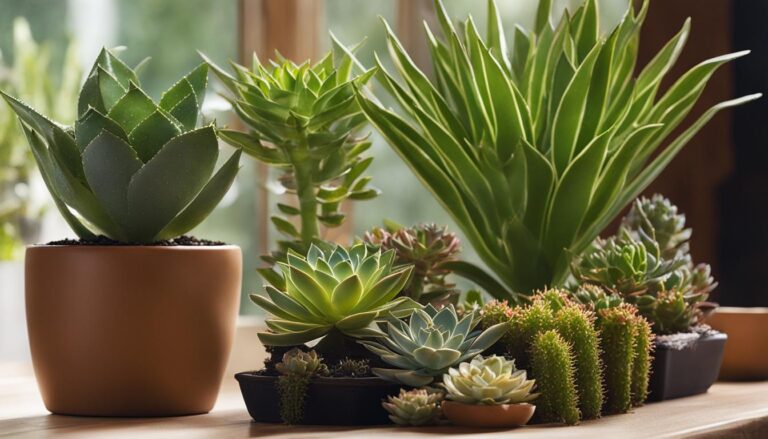
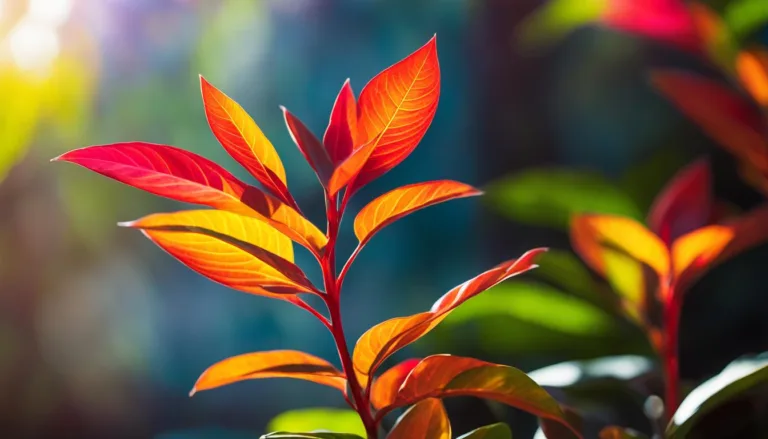
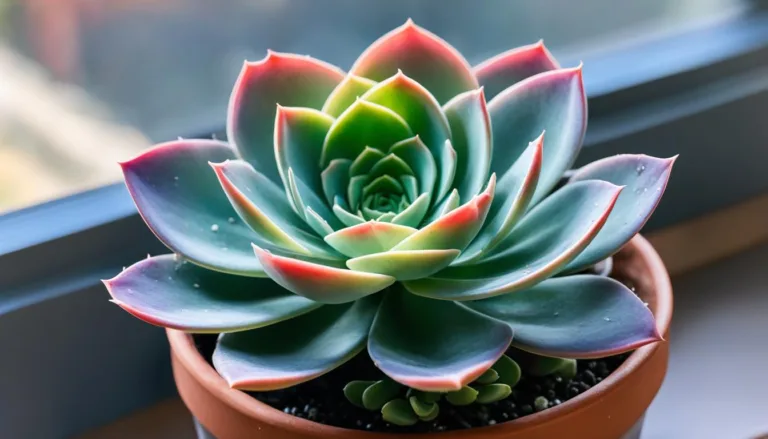

3 Comments